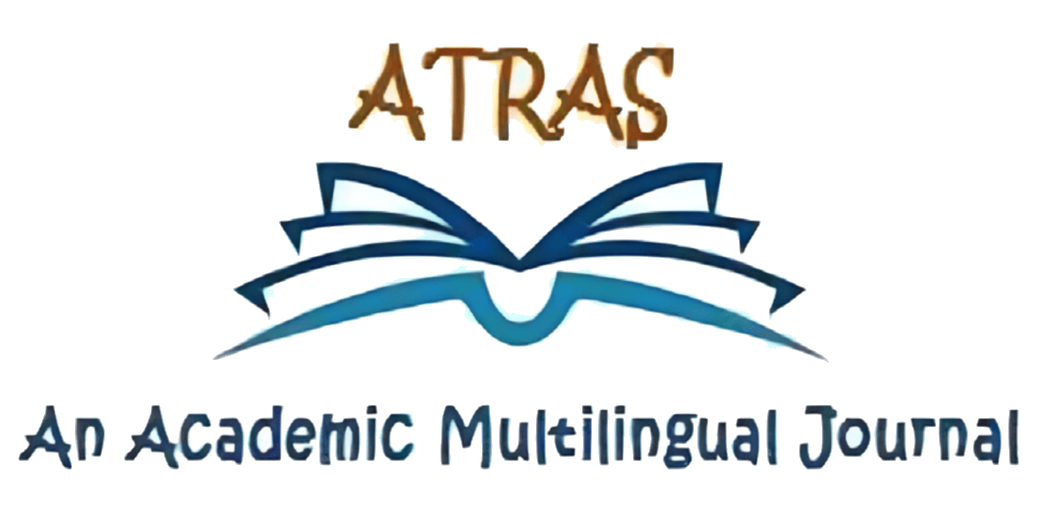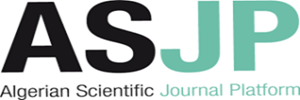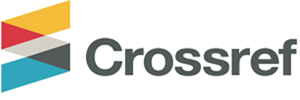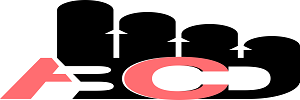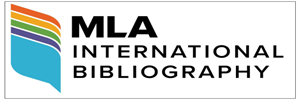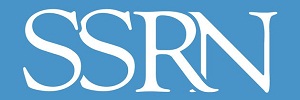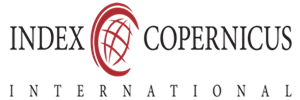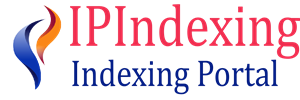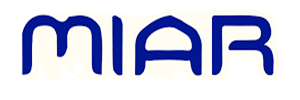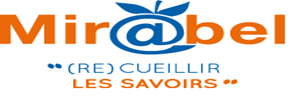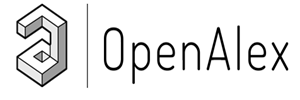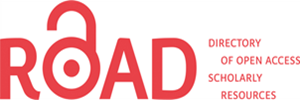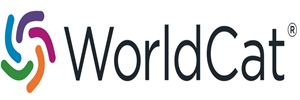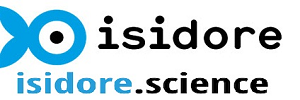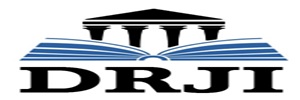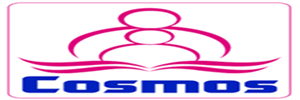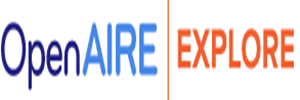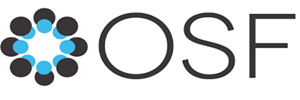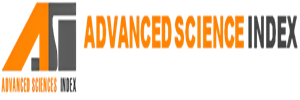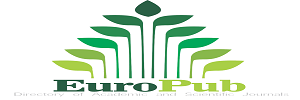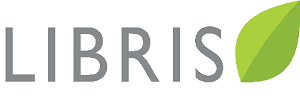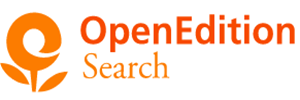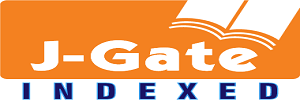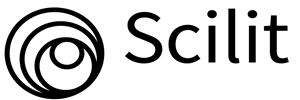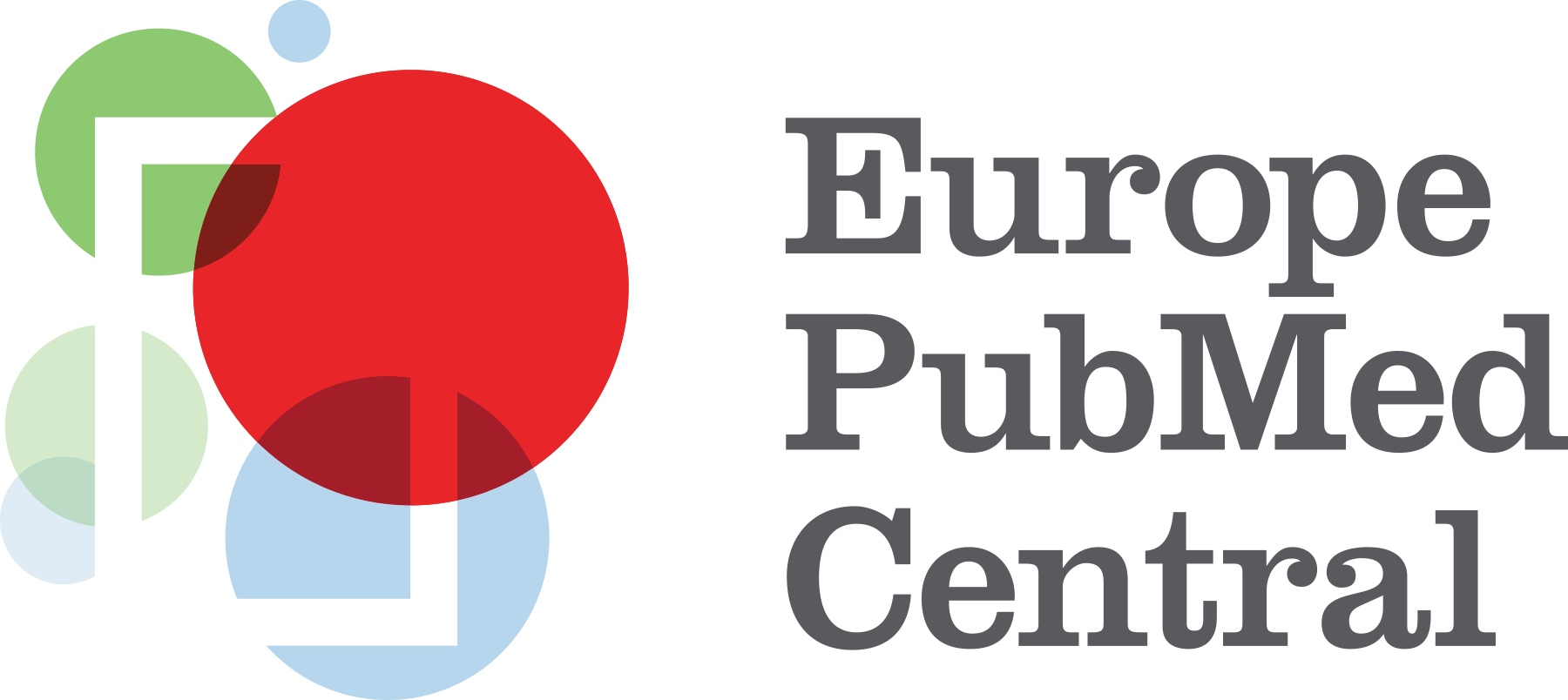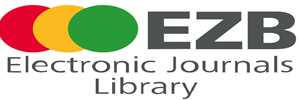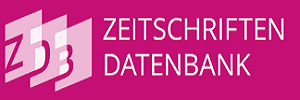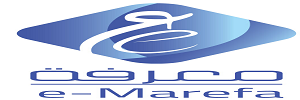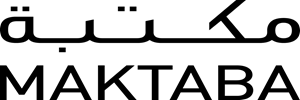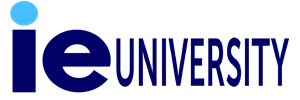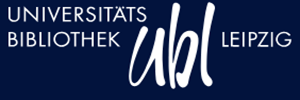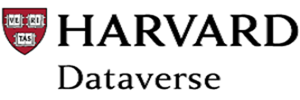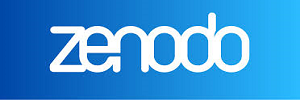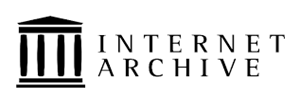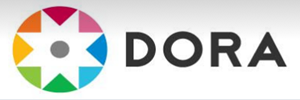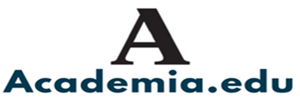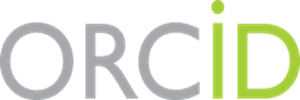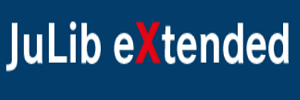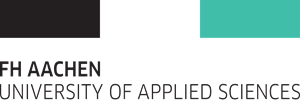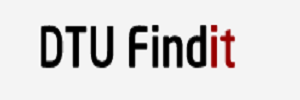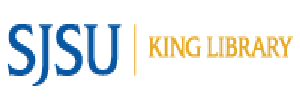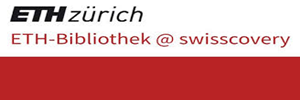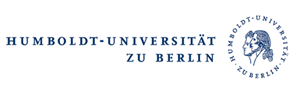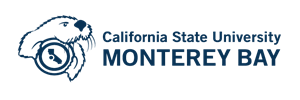Creative Pedagogy: Objective Foundations and Impact of the Intelligent Project
Karim IMOUDACHE
Alger 3 University, Algeria
karim_imou@yahoo.fr
https://orcid.org/0009-0007-1854-4670
Abstract
The quest for consensus on creativity poses significant challenges for educational practitioners, grappling with intellectually elusive concepts lacking unified and exhaustive definitions. Undoubtedly, this can impede the adoption and practical implementation of any creative pedagogical approach. The study asserts that the intelligent project aims to establish an intellectual, organizational, and technical framework conducive to pedagogical creativity, elucidating simplicity amidst the apparent complexities of learning issues. Thus, the objective is to address pedagogical creativity as a societal concern, exploring the intellectual tensions surrounding its integration within the learning paradigm. This research endeavors to address this issue while encouraging exploration beyond the traditional boundaries of the creative process. Moreover, it strives to analyze the pivotal role of the intelligent project in the success of each creative pedagogical approach. The study’s methodology transcends mere descriptive analysis to embrace a pragmatic approach grounded in an objective assessment of tangible reality, employing multidimensional reasoning. It concludes that promoting creative pedagogy necessitates assuming increasingly tailored roles to meet intellectual, organizational, technical, social, and cultural demands. Consequently, the intelligent project emerges as a pivotal mechanism to achieve this transformative objective.
Keywords: Complexity, creativity, creative pedagogy, intelligent project, organization
DOI:
https://doi.org/10.70091/atras/AI.20
How to Cite this Paper :
Imoudache, K. (2024). Creative Pedagogy: Objective Foundations and Impact of the Intelligent Project. Atras Journal, 5 (Special Issue), 321-336.
References:
Amabile, T. M. (1988). A model of creativity and innovation in organizations.Research in Organizational Behavior, 10, 123-167.
Beauvais-Chevalier, M., & Bourret, C. (2018). A game-based approach for training and supporting young people in socio-professional integration in a French university.In12th International Technology, Education and Development Conference (pp. 5-7). Valencia, Spain.
Bettayeb, N., Bourret, C., Drapier, T., & Cherioux, L. (2023).Promoting professional skills in French universities: A case study of the use of a digital platform by bachelors in apprenticeship programs at Gustave Eiffel University.InProceedings ICERI 2023, 12th International Conference of Education, Research and Innovation (pp. 13-15). Sevilla, Spain.
Boulord, C., Le Borgne, Y-A., & Corieri, P. (2024). Informal education practices for human-AI creative pedagogy for accessibility and inclusivity. In Palgrave Studies in Creativity and Culture (pp. 89-99).https://doi.org/10.1007/978-3-031-55272-4.
Bounardel, N. (2009). Activités de conception et créativité : De l’analyse des facteurs cognitifs à l’assistance aux activités de conception créatives [Design and CreativityActivities: FromAnalyzing Cognitive Factors to SupportingCreative Design Activities]. Presses Universitaires de France/Le Travail Humain, 72(1), 5-22. https://doi.org/10.3917/th.721.0005.
Bourret, C., Bettayeb, N., & Anouilh, C. (2024).Nouvelles approches pédagogiques de l’alternance dans une université française : L’alter-pédagogie comme levier d’alter-organisations. Management & Avenir – PedagogiA, 1(2), 7-24. https://doi.org/10.3917/peda.002.0007.
Boutinet J.P. (2012). Anthropologie du projet. Presses universitaires de France.
Caucheteux, C., Hodgkins, L-B., Batifol, V., Fouché, L., & Romero, M. (2024). Students’ perspective on the use of Artificial intelligence in education.InPalgrave Studies in Creativity and Culture (pp. 101-116).https://doi.org/10.1007/978-3-031-55272-4.
Cornuéjols, A., Miclet, L., & Barra, V. (2019).Apprentissage artificiel: Deep learning, concepts et algorithmes[Artificial Learning: Deep Learning, Concepts, and Algorithms].(3rd ed.). Paris : Éditions Eyrolles.
Didier, J., & Bonnardel, N. (2020). Activités de conception créatives : nouvelles perspectives dans la formation des enseignants. Dans J. Didier et N. Bonnardel (Eds.), Didactique de la conception (pp. 53-66). Belfort-Montbéliard, France: UTBM. http://hdl.handle.net/20.500.12162/3871.
Filteau, S. (2010). La créativité, tout le monde sait ce que c’est ? [Creativity: Does Everyone Know What It Is?]. Paper presented at l’ARC Conference, Montréal, Canada.
Filteau, S. (2012). La créativité sous toutes ses coutures[Creativity in All Its Aspects].Revue pédagogié collégiale, 25(3), 25-32.
Garel, G. (2003). Pour une histoire de la gestion de projet[For a History of Project Management]. Revue Gérer et Comprendre, 74, 77-89.
Genelot, D. (2017). Manager dans (et avec) la complexité. Eyrolles.
Giard, V., & Midler, C. (1996). Management et gestion de projet: Bilan et perspectives[Management and Project Management: Assessment and Perspectives]. Encyclopédie de Gestion d’Economica.
Gosselin, P. (2006). Des aptitudes sollicitées et développées à différents moments de la démarche de création [SkillsRequested and DevelopedatDifferent Stages of the CreationProcess]. Vie pédagogique, 141, 17-20.
Habib, S. (2024). L’IA influence-t-elle la créativité des élèves ?The Conversation. https://theconversation.com/lia-influence-t-elle-la-creativite-des-eleves-223036.
Huber, M. (2005). Conduire un projet-élèves[Does AI Influence Students’ Creativity?].Editions Hachette.
Imoudache, K. (2017). GHR à la lumière du management par projet, problématique de légitimité organisationnelle[GHR in the Light of Project Management:OrganizationalLegitimacy Issues].(Unpublished Docroral dissertation). University of Algeries 3, Algeria.
IshaBeaulé, C., Roth, S., Marchand, A., & Awashish, K. (2024). Developing the relational dimension of participatory design through creativity-based methods. In Arts-Based Methods for Decolonising Participatory Research (pp. 146-163). https://doi.org/10.4324/9781003053408-8.
Labelle, S. (2001).Le leader organisationnel et l’apprentissage de la créativité[The Organizational Leader and the Learning of Creativity], (Unpublished Doctoral dissertation).University of Montréal, Canada.
Lin, Y.-S. (2011). Fostering creativity through education: A conceptual framework of creative pedagogy. Creative Education, 2(3), 149-155. https://doi.org/10.4236/ce.2011.23021.
Lubart, T. (2003). Psychologie de la créativité[Psychology of Creativity](2nded.). Paris : Armand Colin.
Malarewicz, A. (2019). Entreprise apprenante : 10 actions pour passer du mythe à la réalité [Learning Organization: 10 Actions to TurnMythinto Reality]. Harvard Business Review France.
Matlin, M.W. (2001). La cognition:introduction à la pshcologie cognitive [Cognition: introduction to cognitive psychology]. De boeck supérieur.
Morin, E. (2009). Méthode : Humanité humaine, identité humaine[Method: Human Humanity, Human Identity].(H. Sabehi, Trans.). Abu Dhabi Authority for Culture and Heritage.
Marceau, C. (2012). Pour relancer et maintenir la créativitépédagogique et artistique des futursenseignants : La dynamique de création, un outil pertinent[Revitalizing and Sustaining the Pedagogical and Artistic Creativity of Future Educators: The Creative Dynamic as a Relevant Tool]. Éducation et francophonie, 40(2), 41-53. https://doi.org/10.7202/1013813ar.
Ohmae, K. (1991). Le génie du stratège[The Genius of the Strategist]. Paris :Éditions DUNOD.
Pinillos, S., & Vallverdú, J. (2021). What the #®¥§≠$@ is creativity? Debats. Journal on Culture, Power and Society, 6, 135-147. https://doi.org/10.28939/iam.debats-en.2021-9.
Puozzo, I. C. (2016). Réactivité et apprentissage : Un tandem à réinventer ? [Responsiveness and Learning: A Tandem to Reinvent?]Revue des HEP, Hors série N°1.
Resnick, M. (2006). All I really need to know[about creative thinking]. Mit media lab. Cambridge.
Robinson, K., & Aronica, L. (2013).Finding your element: How to discover your talents and passions and transform your life. Penguin Publishing Group.
Romero, M., Reyes, J., & Kostakos, P. (2024).Generative artificial intelligence in higher education.InPalgrave Studies in Creativity and Culture (pp. 129-143). https://doi.org/10.1007/978-3-031-55272-4.
Souvignet, S. (2023). La participation dans les pratiquespédagogiquesauxfrontières del’école : Le casd’uneactivitéextrascolaire au prisme des droitspédagogiques[ Participation in Pedagogical Practices at the Boundaries of the School: The Case of an Extracurricular Activity Through the Lens of Pedagogical Rights]. Revue Française de Pédagogie, 22(3), 67-81.
Sternberg, R. J., & Williams, W. M. (1996). How to develop student creativity. http://www.ascd.org/ readingroom/books/sternberg96book.html.
Urmeneta, A., & Romero, M. (2024). Creative application of artificial intelligence in education.InPalgrave Studies in Creativity and Culture (pp. 3-16).https://doi.org/10.1007/978-3-031-55272-4.
Verzat, C., O’Shea, N., & Jore, M. (2016). Des étudiantsheureux et proactifsgrâce à l’apprentissageautodirigé[Happy and Proactive Students Through Self-Directed Learning]. Entreprendre/Innover, 29(2), 37-48. https://doi.org/10.3917/entin.029.0037.
VuilleF., Didier, J., Massy, G., & Boulet, S. (2022). Le processus créatif dans une pédagogie du projet au sein de l’enseignement du design textile à l’école obligatoire en Suisse[ The CreativeProcess in Project-BasedPedagogywithin Textile Design Education in SwissCompulsorySchools]. Sciences du Design, 15(1), 75-91.
Winnicott, D. W. (1971). Playing and reality. Penguin.
Zara, O. (2008). Le management de l’intelligence collective, vers une nouvelle gouvernanc[ The Management of Collective Intelligence: Towards a New Governance]. le.M21 Éditions.

Copyright for all articles published in ATRAS belongs to the author. The authors also grant permission to the publisher to publish, reproduce, distribute, and transmit the articles. ATRAS publishes accepted papers under the Creative Commons Attribution-NonCommercial 4.0 International (CC BY-NC 4.0) License. Authors submitting papers for publication in ATRAS agree to apply the CC BY-NC 4.0 license to their work. For non-commercial purposes, anyone may copy, redistribute material, remix, transform, and construct material in any media or format, provided that the terms of the license are observed and the original source is properly cited.
